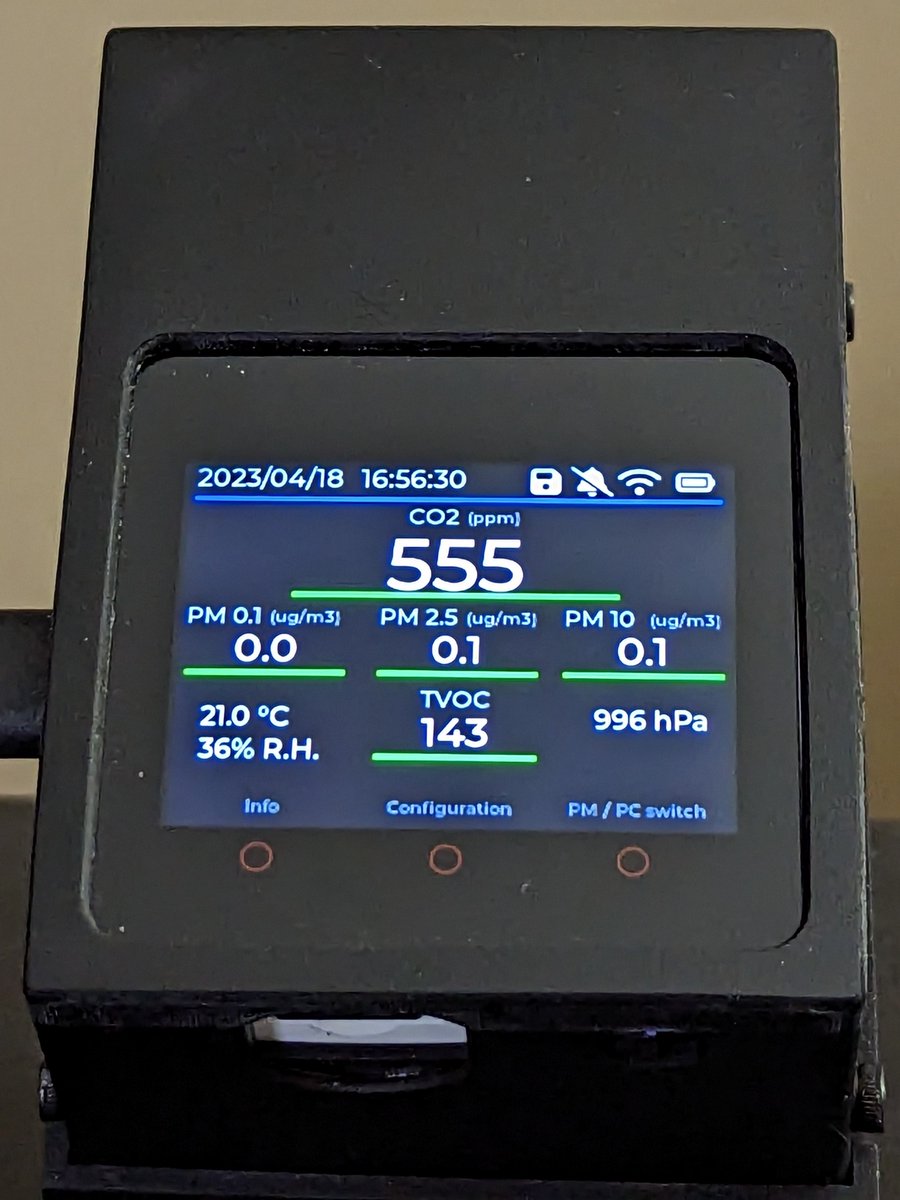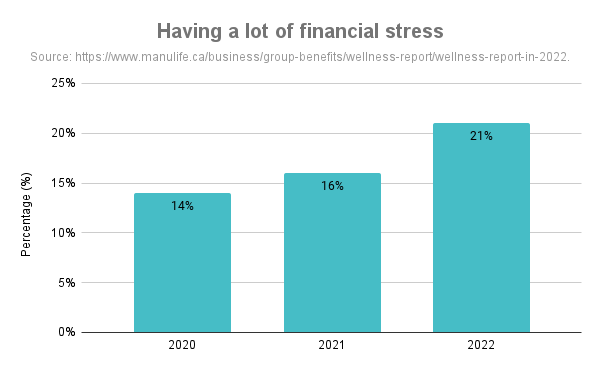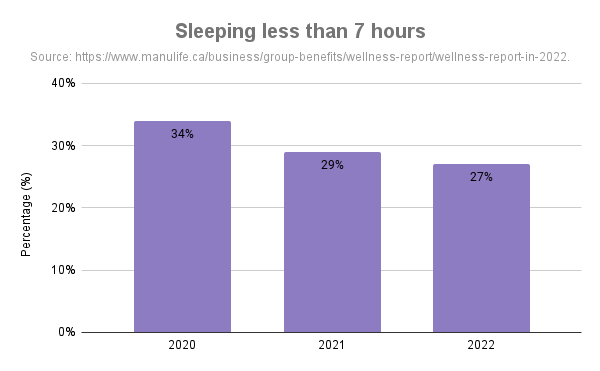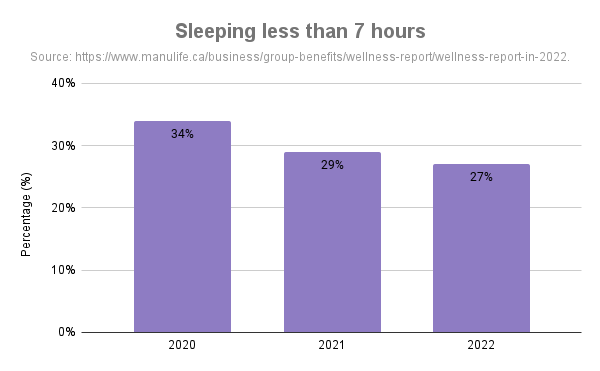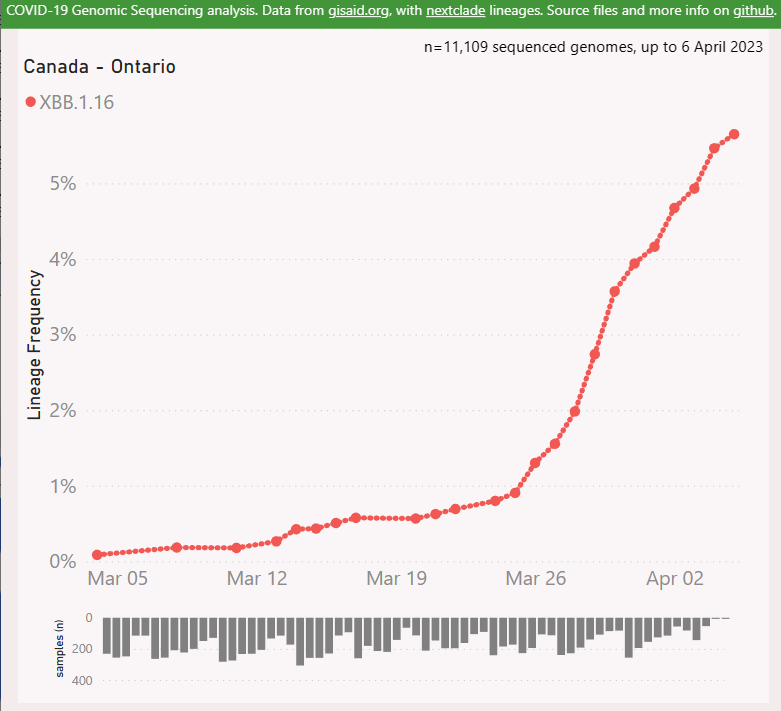Fit Testing to ensure a good seal on your mask [Part 2]
This thread describes my quantitative fit testing experience with some real-world results of various types of #masks including #NIOSH #N95 and ear loop and how 1 mask leaked 70x more than the other on my face. 🧵1/
This thread describes my quantitative fit testing experience with some real-world results of various types of #masks including #NIOSH #N95 and ear loop and how 1 mask leaked 70x more than the other on my face. 🧵1/

The table of contents with quick links and unrolled one-page web views for this multi-part thread can be found here (
https://twitter.com/jeffgilchrist/status/1652390822061527043). 2/
If you missed Part 1 which explains the difference between qualitative and quantitative fit testing and how they work, you can find it here (
https://twitter.com/jeffgilchrist/status/1652394034055323648). 3/
Please note that I don't work for, sell, or make any money from the sales of masks or fit testing services and have no conflicts of interest to declare. All products/brands that I mention I had to pay for myself, no free products/services/samples were given to me. 4/
One of the masks I tested leaked 70x more than another on my face, so it is important to check to see how well the specific masks you wear seal on your face. Read the entire thread to find out the details and more than 400 fit testing results from others. 5/
Ear Loop Results (Jeff)
=====================
For my quantitative fit testing experience, the first test was a Canadian made ear loop trifold mask that I had been wearing earlier in the pandemic when N95 respirators were not easily available for the general public. 6/
=====================
For my quantitative fit testing experience, the first test was a Canadian made ear loop trifold mask that I had been wearing earlier in the pandemic when N95 respirators were not easily available for the general public. 6/

While the filtering material was tested by a third party and found to filter more than 98% of particles, what really matters is how well it fits on your face. Any air that leaks around the mask into your breathing space doesn't get filtered at all. 7/
This mask is not certified by the Canadian CSA-Z94.4 or the Amercian NIOSH 95 standards. 8/
The N95 standard does not allow ear loop masks and the Canadian standard requires less than 1% leakage across a panel of people so most ear loop masks would not be able to pass from a fit perspective. 9/
The first exercise in the fit test is normal breathing. You breathe normally without movement for 30 seconds while the test device measures the difference in particles inside your mask and outside to compare. This test failed miserably with a fit factor (FF) of 12. 10/
FF results from ear loop trifold mask:
1) normal breathing = 12
That means the air inside the mask is 12x cleaner than outside the mask or leaking about 8.3%. While that is better than nothing, it is far from passing a fit test (max 1% leakage). 11/
1) normal breathing = 12
That means the air inside the mask is 12x cleaner than outside the mask or leaking about 8.3%. While that is better than nothing, it is far from passing a fit test (max 1% leakage). 11/
When breathing out, I could feel a leak of air on both sides of my nose at the nose clip. This is where most masks seem to leak if the fit is not good. 12/
The metal nose piece just wasn't strong enough to keep a good fit over my nose and the ear loop elastics while strong pulling straight back, did not pull the mask with a more distributed force like you get with a headband pulling up/down and back at the same time. 13/
Compared to a procedure mask (baggy blue) which often gets a FF between 2-3, this ear loop mask is about 4-6x better. The overall FF for this mask would be < 12 on my face when taking into account the more difficult exercises that I did not perform. 14/
Note, the overall FF score requires all 7 tests but since this mask failed on the first test and it is expensive to pay for private fit testing, I was allowed to move on to a second mask without paying an additional fee if I stopped there. 15/
N95 Headband Results (Jeff)
=========================
The second test and the only one I passed was the readily available 3M Aura 9205+ which is designed for non-medical environments and has blue elastic headband straps. 16/
=========================
The second test and the only one I passed was the readily available 3M Aura 9205+ which is designed for non-medical environments and has blue elastic headband straps. 16/

It is very similar to the 3M 1870+ made for medical use (red elastic straps) but does not have the same level of fluid resistance. The 9205+ are also a similar or cheaper cost to many ear loop masks in Canada so you might be able to get better protection and pay less. 17/
Here are the fit factor (FF) results from my fit test with the 3M 9205+:
1) normal breathing = 835
2) deep breathing = 502
3) turn head side to side = 559
4) nod head up and down = 520
5) talk out loud = 245
6) bending over = 670
7) normal breathing = 724
Overall FF = 507
18/
1) normal breathing = 835
2) deep breathing = 502
3) turn head side to side = 559
4) nod head up and down = 520
5) talk out loud = 245
6) bending over = 670
7) normal breathing = 724
Overall FF = 507
18/

The minimum overall FF required to pass is 100 and I was able to achieve 507 which means overall 507x cleaner air inside my mask or 0.2% leakage around the mask. 19/
Note, talking had a *much* lower FF score (245) than the other exercises (502-835). When you speak, your jaw moves and causes the mask to move as well. If the mask does not have a good seal anywhere on your face, talking will make things worse when the mask moves. 20/
You may have also noticed that the overall FF score of 507 isn't the average of all the scores. The FF is actually the harmonic mean of the results which gives higher weight to lower scores. 21/
Since this is a safety application, you want to weigh the lower scores more heavily to be more realistic than have the easier to pass test (normal breathing) artificially increase an average. 22/
When I was talking the fit was still excellent but 3.4x lower than when I was just breathing normally and not moving. 23/
If you are curious about the math, the harmonic mean is calculated using the formula (where N is the # of tests): N / ((1/FF_Score1)+(1/FF_Score2)+...+(1/FF_ScoreN)).
Also note that the final test repeats the normal breathing test which lowered the FF from 825 to 724. 24/
Also note that the final test repeats the normal breathing test which lowered the FF from 825 to 724. 24/
During the test you are not allowed to readjust the mask and the final test helps measure how much the nose wire or other sections of the mask have moved out of position from movement since the first time. 25/
Over time and movement, the mask's fit on your face becomes worse which means people should be periodically readjusting the mask, especially the nose section to ensure the fit is good. 26/
How often should you re-adjust the nose wire? @FitTestMyPlanet actually tested that and found the fit factor for him dropped from about 500 at the start to about 250 after 20 minutes and then below 100 (failing) before 40 minutes ( 
https://twitter.com/FitTestMyPlanet/status/1636928993965268993). 27/

Every person's face is different so while a mask might fit someone else well, it doesn't mean it will fit your face well. If you don't test the mask, you won't know. 28/
Despite some masks having very high fit test passing rates, it doesn't mean they will fit your face as Dr. Gurdasani found out the hard way (
https://twitter.com/dgurdasani1/status/1647378928053673984). 29/
Real Life Impact Comparison
===========================
We have seen that for me, the N95 mask I tested had a FF of 507 overall while the ear loop had a FF of 12 in just the first test compared to 835 in the first test of the N95. 30/
===========================
We have seen that for me, the N95 mask I tested had a FF of 507 overall while the ear loop had a FF of 12 in just the first test compared to 835 in the first test of the N95. 30/
That means the ear loop had 70x more leakage around the mask compared to the N95 not moving and breathing normally. 31/ Click "Show replies" 👇 to continue.
From other results which are highlighted further down on this thread, procedure masks (baggy blue) get a FF usually ranging from 2-3, and many ear loop masks only get a FF 2-10, nowhere close to the FF 100 needed to pass a fit test. 32/
I have created calculators to help people try their own fit factor scenarios to see how the harmonic mean changes the overall FF and real-world impact calculator for various fit factors here ( docs.google.com/spreadsheets/d… ). 33/ 

There is a second tab with an infection time calculator to try different scenarios to compare how many minutes a mask with a specific FF would protect you if an unmasked person would get infected in X minutes. 34/ 

You can see from the graph that if an unmasked person would breathe in enough air to get infected in 1 minute, a procedure mask (FF=2) which filters 50% of particles only buys you 1 extra minute so you would still become infected in 2 minutes. 35/
Upgrading to an ear loop mask with FF=6 extends infection time to 6 minutes, while a respirator that has the minimum FF score of 100 would give you 100 minutes (1.6 hours) before infection in the same scenario. 36/
If you had an N95 respirator that fit as well as my test (FF=505) that would give you 505 minutes (8.4 hours) before you had the same exposure as an unmasked person. 37/
Any mask is better than none, but there is *huge* difference between procedure masks and ear loop respirators with low FF that only give you minutes of extra protection vs a respirator that has been tested with a very high FF that could protect you for an entire workday. 38/ 

The cost of the high FF respirators are very similar or even sometimes cheaper than many brands of ear loop masks so you could be paying more for much less protection. 39/
Resources for Fit Testing Results
=================================
You can find more Fit Testing result videos on YouTube at ( youtube.com/@FitTestThePla… ) and ( youtube.com/@gerardhughes/… ). 40/
=================================
You can find more Fit Testing result videos on YouTube at ( youtube.com/@FitTestThePla… ) and ( youtube.com/@gerardhughes/… ). 40/
A montage video of various fit factor mask testing can be found here so you can see the results from different styles ( ). 41/
@FitTestMyPlanet has done a huge number of fit tests on many different style masks. You can see some of his more recent test results here, the number written on the mask is the overall fit factor (harmonic mean) for his test subjects ( 
https://twitter.com/FitTestMyPlanet/status/1636976609608572929). 42/

While each face is different, he has found certain trends that seem to hold for various designs among his test subjects. The ear loop masks score much lower than the headband straps. 43/ 

He also found that bifold masks with vertical folds get lower FF than trifold horizontal masks which bend and move more naturally with the motion of your jaw when you talk. 44/
He also has many other fit test results available in this thread (
https://twitter.com/FitTestMyPlanet/status/1601416682563461124). 45/
You can view and download the 400+ fit test results to April 15, 2023 from @FitTestMyPlanet in an Excel Spreadsheet here ( cryptpad.fr/sheet/#/2/shee… ). 46/
While most of the fit tests are done by @FitTestMyPlanet (testerLargeAdult), there are also results in the spreadsheet from a smaller female adult which are marked with testerSmallAdult in the "Model" column and even a small child marked as testerSC for comparison. 47/
For Canadians, you can also find fit testing results in the spreadsheet above for popular masks available here like Vitacore CAN99, Breatheteq, Flo Mask Pro, [breathe] elastomeric respirators, various 3M mask models and more. 48/
Unrolled one page web versions of @FitTestMyPlanet results can be found here ( pingthread.com/thread/1601416… ) and ( pingthread.com/thread/1636874… ). 49/
• • •
Missing some Tweet in this thread? You can try to
force a refresh

 Read on Twitter
Read on Twitter



